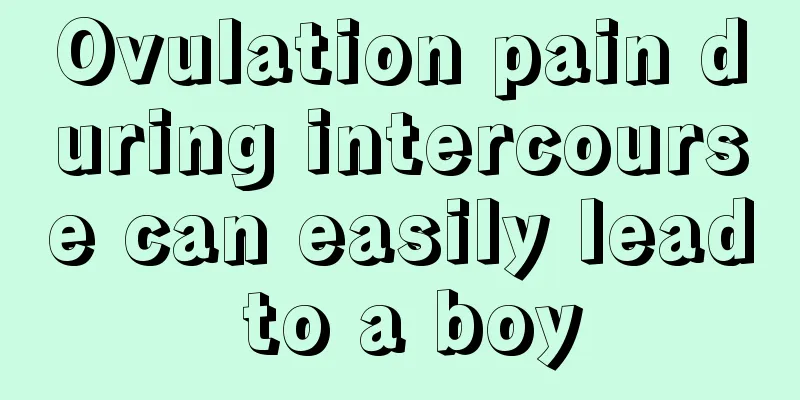What are the causes of uterine infertility?

|
The uterus is the cradle of the baby. Any abnormality will affect the baby's healthy growth, or even lead to stillbirth, and eventually cause uterine infertility. Studies have found that the causes of uterine infertility include uterine hypoplasia, abnormal uterine position, uterine fibroids, endometriosis, congenital uterine absence, uterine malformation, intrauterine adhesions, endometritis, etc. 1. Uterine hypoplasia: It is often not the direct cause of infertility. Artificial cycle treatment can be considered if necessary. 2. Abnormal position of the uterus: For simple retroflexed uterus, the uterus can be restored to the anterior position through manipulation, and guidance on sexual intercourse between the couple can achieve good results. 3. Uterine fibroids: The infertility rate of uterine fibroids is 30% to 40%. The degree of infertility is related to the location, size, and number of uterine diseases. If combined with adnexitis and endometriosis, the possibility of infertility is greater. Surgical treatment (such as myomectomy) may be considered. 4. Endometriosis: Progesterone therapy, pseudopregnancy therapy, etc. can be used. If there is no significant improvement after 6 to 12 months of conservative treatment, conservative surgical treatment may be considered. 5. Congenital absence of the uterus and uterine malformation: They can be treated according to the specific situation, such as considering corrective surgery, etc., which generally does not fall within the scope of infertility treatment. 6. Intrauterine adhesions: Anti-tuberculosis treatment can be given to tuberculous patients. For patients with traumatic intrauterine adhesions, Hegar's dilator or blunt curette can be used to separate intrauterine adhesions, and if conditions permit, it can be performed under direct vision of the hysteroscope. After the operation, an intrauterine device is placed in the uterine cavity, antibiotics are used to prevent and treat infection, and estrogen promotes endometrial hyperplasia. 7. Endometritis: For non-tuberculous endometritis, most endometritis can heal on its own with the shedding of the endometrium during menstruation. If necessary, antibiotic treatment can be selected based on bacterial culture and drug sensitivity tests. Tuberculous endometritis can be treated with anti-tuberculosis therapy. |
<<: Does uterine cold affect conception?
>>: Does adenomyosis affect fertility?
Recommend
How to maintain after hysterectomy?
The uterus is the most important reproductive org...
How many days should I rest after a miscarriage?
A minor miscarriage requires rest for more than h...
What to do if a pregnant woman has breast hyperplasia
Breast hyperplasia is a disease that many women s...
Can this new method of emergency contraception provide more protection for women?
When an accident occurs, emergency contraception ...
How many fetal movements are there during pregnancy
When a pregnant woman is about eight weeks pregna...
Several misunderstandings about the treatment of lobular breast hyperplasia during lactation
Lobular hyperplasia of the breast is a gynecologi...
Distribution map of female ovaries and uterus
As we all know, the uterus, uterus and ovaries ar...
What does the pre-pregnancy check include?
Many women consider doing a pre-pregnancy check-u...
What is the situation of yellow leucorrhea and lower abdominal pain?
Women generally have some secretions in their bod...
Eating Yuanxiao glutinous rice balls this way is healthier
It is almost the time of the year to eat glutinou...
How many days late can I take a pregnancy test if my period comes?
For families expecting a baby, sometimes women ex...
Will I have premature birth if I have a grade 2 placenta at 31 weeks?
After a woman becomes pregnant, the embryo will g...
I have a cough and a stuffy nose at night. The nasty spring allergies are coming again. What should I do?
Several friends told Huazi that they did not have...
Does Vinca Rose need to be pruned after the flowers fade? How to prune Vinca Rose to make it grow vigorously
With the improvement of living standards, many pe...
Is breast augmentation useful after childbirth? The simplest breast enlargement treatment
The breasts of mothers who have just given birth ...









